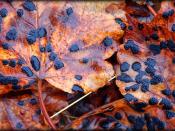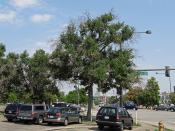Best Disease
Best disease is a genetic disorder involving the eyes, also known as Vitelliform Macular Dystrophy type 2 (shortened as VMD2). It is a genetic disease in a heredity form of progressive macular dystrophy and macular degeneration, first founded in 1905.
The loss of vision or sharpness of the vision is not the only symptom of Best disease, but also like many other macular diseases, Best disease also affects either one or both eyes in central vision. People with Best disease, before the symptoms show, build up a large heap of fat-like substance that looks similar to an egg yolk in the area of the retina that enables central vision. The breaking down of the accumulation, not the arrangement, is related to the steady vision loss feature of Best disease.
Best disease mostly occurs with European Caucasian from early childhood to adolescence (3 to 15 years old) with both genders when their vision slowly disappears.
During and before these ages, the vision would usually be between 20/30 and 20/50, or near perfect vision, until so when the adolescences are blind. The name of this genetic disease was produced because it was first discovered in a family with the last name Best.
Best disease is a disorder of autosomal dominance, or a mutation wherein just one copy of the VMD2 gene is on chromosome eleven when there is supposed to be two. If a person with a Best disease gene and regular gene genotype, pair with a partner without the disease, there would be a 50 percent chance that the parent with the disease will pass the disease-causing gene to each child. A normal parent can only pass normal genes and a child without Best disease's genes will not have the disease and cannot transmit the...


